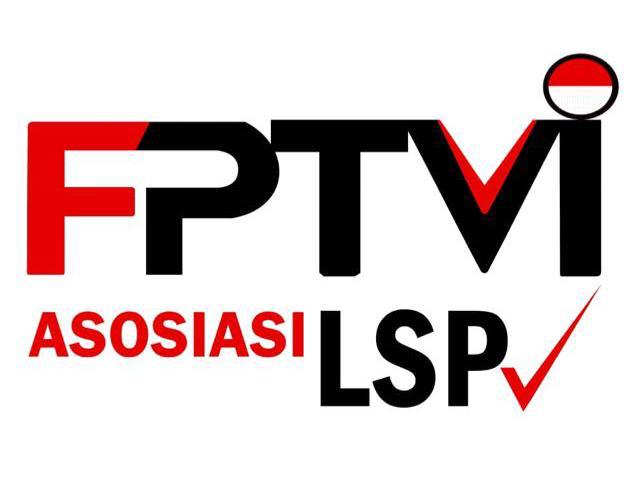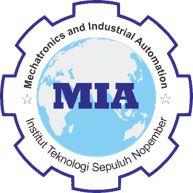IoT-based for Monitoring and Control System of Composter to Accelerate Production Time of Liquid Organic Fertilizer
Abstract
Keywords
Full Text:
PDFReferences
Istriningsih et al., “Farmers’ knowledge and practice regarding good agricultural practices (GAP) on safe pesticide usage in Indonesia,” Heliyon, vol. 8, no. 1, p. e08708, 2022, doi: 10.1016/j.heliyon.2021.e08708.
Z. Shi et al., “Optimized fertilizer recommendation method for nitrate residue control in a wheat–maize double cropping system in dryland farming,” F. Crop. Res., vol. 271, no. August, p. 108258, 2021, doi: 10.1016/j.fcr.2021.108258.
C. sheng Li and R. rong Cai, “Preparation of solid organic fertilizer by co-hydrothermal carbonization of peanut residue and corn cob: A study on nutrient conversion,” Sci. Total Environ., vol. 838, no. May, p. 155867, 2022, doi: 10.1016/j.scitotenv.2022.155867.
J. Zhao et al., “Effects of organic-inorganic compound fertilizer with reduced chemical fertilizer application on crop yields, soil biological activity and bacterial community structure in a rice-wheat cropping system,” Appl. Soil Ecol., vol. 99, pp. 1–12, 2016, doi: 10.1016/j.apsoil.2015.11.006.
A. Abdurachman, A. Dariah, and A. Mulyani, “Strategi Dan Teknologi Pengelolaan Lahan Kering,” JurnalLitbang Pertan., vol. 27, no. 2, pp. 43–49, 2008.
Syaifudin, “No TitleÉ?__,” Ekp, vol. 13, no. 3, pp. 1576–1580, 2015.
B. Zaman, N. Hadiyanti, Purwono, and B. S. Ramadan, “An innovative thermal composter to accelerate food waste decomposition at the household level,” Bioresour. Technol. Reports, vol. 19, no. July, p. 101203, 2022, doi: 10.1016/j.biteb.2022.101203.
Y. Nikoloudakis, S. Panagiotakis, T. Manios, E. Markakis, and E. Pallis, “Composting as a service: A real-world IoT implementation,” Futur. Internet, vol. 10, no. 11, pp. 1–15, 2018, doi: 10.3390/fi10110107.
N. Sakinah, Rancang Bangun Alat Pengolahan Sampah Organik Menjadi Pupuk Cair Skripsi. 2016.
Y. Xie, M. Spiller, and S. E. Vlaeminck, “A bioreactor and nutrient balancing approach for the conversion of solid organic fertilizers to liquid nitrate-rich fertilizers: Mineralization and nitrification performance complemented with economic aspects,” Sci. Total Environ., vol. 806, p. 150415, 2022, doi: 10.1016/j.scitotenv.2021.150415.
F. Huang, S. Peng, H. Yang, H. Cao, N. Ma, and L. Ma, “Development of a novel and fast XRF instrument for large area heavy metal detection integrated with UAV,” Environ. Res., vol. 214, no. P2, p. 113841, 2022, doi: 10.1016/j.envres.2022.113841.
S. Gao, D. Lu, T. Qian, and Y. Zhou, “Thermal hydrolyzed food waste liquor as liquid organic fertilizer,” Sci. Total Environ., vol. 775, p. 145786, 2021, doi: 10.1016/j.scitotenv.2021.145786.
H. Shaghaleh, Y. Alhaj Hamoud, X. Xu, S. Wang, and H. Liu, “A pH-responsive/sustained release nitrogen fertilizer hydrogel based on aminated cellulose nanofiber/cationic copolymer for application in irrigated neutral soils,” J. Clean. Prod., vol. 368, no. July, 2022, doi: 10.1016/j.jclepro.2022.133098.
DOI: http://dx.doi.org/10.12962%2Fj23378557.v8i2.a14081
Refbacks
- There are currently no refbacks.
This work is licensed under a Creative Commons Attribution 4.0 International License. IPTEK The Journal of Engineering published by Pusat Publikasi Ilmiah, Institut Teknologi Sepuluh Nopember.
Please contact us for order or further information at: email: iptek.joe[at]gmail.com Fax/Telp: 031 5992945. Editorial Office Address: Pusat Riset Building 6th floor, ITS Campus, Sukolilo, Surabaya 60111, Indonesia.








